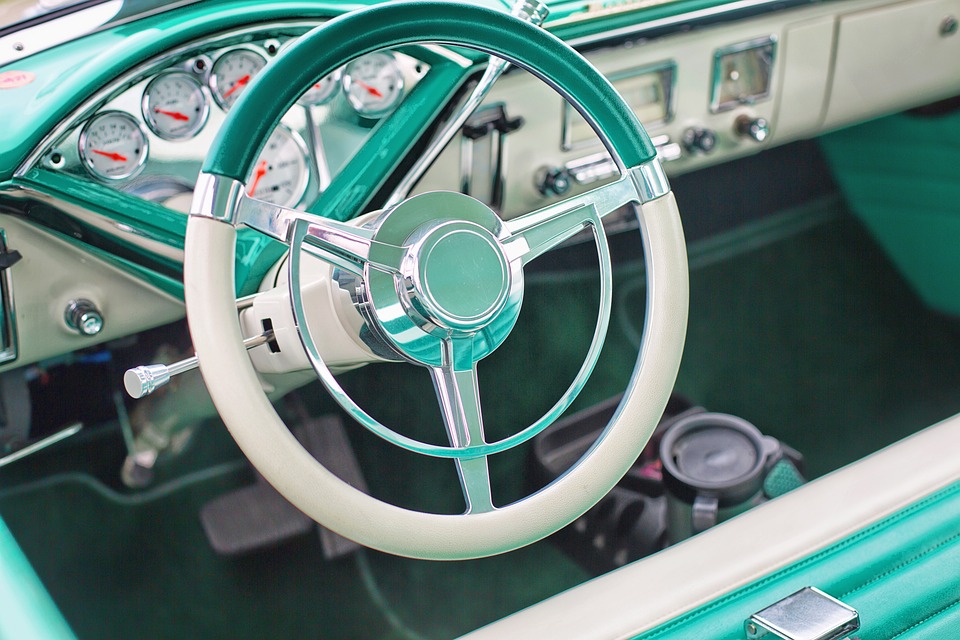If you’re having trouble figuring out the firing order for your 2009 Ford Escape, you’ve come to the right place. In this article, I’ll provide you with a proper guide to understanding the firing order of your Ford Escape. Whether you’re a seasoned car enthusiast or a novice looking to learn more about your vehicle, I’ve got you covered.
With over 10 years of experience in the automotive industry since 2013, I feel confident in my ability to provide you with the information you need regarding the 2009 Ford Escape Firing Order. From troubleshooting common issues to offering tips on maintenance, I’ve seen it all when it comes to Ford Escapes. So sit back, relax, and let me guide you through the ins and outs of your vehicle’s firing order.
2009 Ford Escape Firing Order – Complete Guide and Diagram
2009 Ford Escape Firing Order
Understanding the Firing Order
The firing order of an engine refers to the sequence in which each cylinder fires. In the case of the 2009 Ford Escape, the firing order is crucial for the engine to run smoothly and efficiently. The correct firing order ensures that the fuel and air mixture in each cylinder ignites at the right time, allowing the engine to generate power consistently.
Importance of Correct Firing Order
If the firing order is incorrect, it can lead to a range of issues such as misfiring, rough idling, decreased fuel efficiency, and even engine damage. Therefore, it is essential to know and maintain the correct firing order for your 2009 Ford Escape to avoid these problems and ensure optimal engine performance.
Locating the Firing Order Diagram
To determine the firing order for your 2009 Ford Escape, you can refer to the vehicle’s owner’s manual or seek professional assistance. Additionally, there are online resources and diagrams available that provide detailed information on the firing order for specific vehicle models, including the 2009 Ford Escape.
Identifying and Resolving Firing Order Issues
If you suspect that the firing order of your 2009 Ford Escape is incorrect, there are steps you can take to address the issue. Begin by inspecting the spark plug wires and ensuring they are connected to the correct cylinders according to the firing order diagram. If the firing order is still not correct, it may be necessary to consult a professional mechanic for further diagnosis and resolution.
Consulting TruckingCareers.org for Expert Advice
With over 10 years of experience in the automotive industry, TruckingCareers.org has a wealth of knowledge on a wide range of vehicle-related topics, including the firing order for the 2009 Ford Escape. By reaching out to their team of experts, you can receive valuable guidance and support to ensure that your vehicle’s firing order is correct and properly maintained.
Conclusion
In conclusion, understanding and following the correct firing order for your 2009 Ford Escape is essential for maintaining optimal engine performance and avoiding potential issues. By referring to the firing order diagram, identifying any issues, and seeking expert advice from sources like TruckingCareers.org, you can ensure that your vehicle runs smoothly and efficiently for years to come.
FAQs on 2009 Ford Escape Firing Order
1. What is the firing order for a 2009 Ford Escape?
– The firing order for the 2009 Ford Escape is 1-4-2-5-3-6.
2. Why is knowing the firing order important?
– Knowing the firing order helps ensure that the spark plugs are firing in the correct sequence, which is essential for the engine to run smoothly.
3. Can I change the firing order on my 2009 Ford Escape?
– No, the firing order is set by the manufacturer and should not be changed.
4. How can I check if the firing order is correct on my 2009 Ford Escape?
– You can check the firing order by inspecting the spark plug wires and making sure they are connected in the correct order according to the 1-4-2-5-3-6 sequence.
5. What should I do if my 2009 Ford Escape is misfiring?
– If your Ford Escape is misfiring, it’s important to first check the spark plugs, spark plug wires, and ignition coil for any issues before considering a potential firing order problem.




